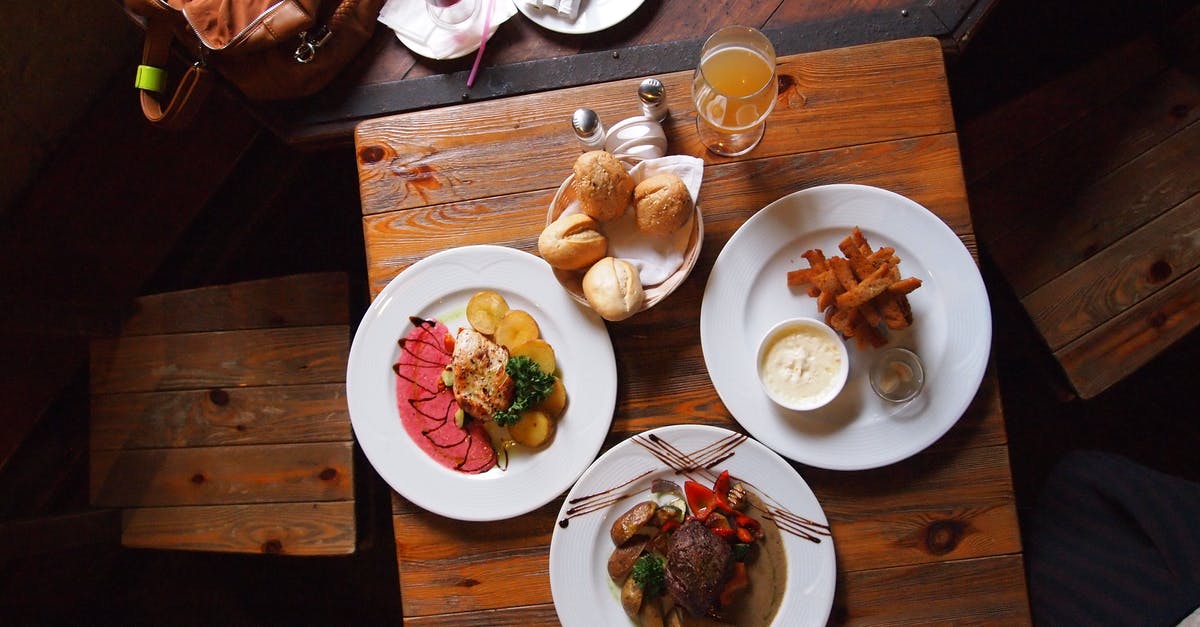How do high-end restaurants promote such intense flavour in vegetables?

Yesterday I was lucky enough to eat lunch in a Michelin-starred restaurant.
One course consisted, as far as I could tell, of nothing but a selection of lightly cooked baby beetroot and deep-fried shallot rings. Yet the flavours in both vegetables were enormous, so intense that they were enough to carry such an apparently simple dish all by themselves. Furthermore I could easily differentiate between the different varietals of beetroot on the plate, something I don't think I've experienced before.
While no doubt expertly seasoned, the dish was not overly salty: I drank no more water than usual during or after the meal. And since the beetroot were just halved, they cannot have been reduced in any way to concentrate the flavour.
What do high-class restaurants do to their ingredients to promote such incredible flavour? Given the semi-raw state of the beetroot, I can only imagine it's down to selection of the best, most in-season produce. But at the same time I find that hard to believe. What else could be at play here? And where do I have to look in order to find produce of that quality for my own kitchen?
Best Answer
You actually answered your own question, it's the quality and freshness of the ingredients which makes the food in a great restaurant so good. A heritage variety beet which has been hand weeded and cared for before being picked at the optimal time and cooked within a day will be a totally different eating experience than an industrially grown variety that has been picked for volume and pesticide resistance, grown for size over flavor and then takes a week between being picked and appearing in the supermarket.
Top chefs spend a great deal of time, effort and money sourcing the very best ingredients. Often the chef personally hand picks their ingredients, and some even control their own supply chain by having large gardens or even farms. Of course great chefs also are very good at preparation and flavor pairings, but with such simple dishes the ingredients have to stand up by themselves.
In order to get high quality ingredients you need to find a source other than the supermarket. Supermarkets rely on volume, and the varieties they stock are chosen for volume and shelf life - they are all competing on price so the longer the food lasts and the more that can be grown for less money the better. You aren't going to find the most flavorful varieties in the supermarket, and they will have been picked before they are at their peak so they don't rot before they get on the shelf. Farmers markets, food co-ops and the like are often good sources for high quality vegetables. You can also go to the same markets the chefs do (depending on where you live). Not all suppliers will sell straight to the consumer, but some do. Just be prepared to get up at stupid o'clock and be prepared to open your wallet wider than usual - the best does not come cheap! If you live in the countryside another option would be to drive to farms in your area and see if you can buy direct. A farmer can sell you produce for half the price of the downstream supplier and still make more profit.
Another option to get great vegetables is to grow them yourself, there's nothing better than a tomato picked straight from the plant and it's not hard to do. Growing your own is also incredibly cheap, you just have to be willing to put in a bit of time.
Pictures about "How do high-end restaurants promote such intense flavour in vegetables?"



Quick Answer about "How do high-end restaurants promote such intense flavour in vegetables?"
Unlike meats, vegetables tend to have rather more water in them than what is best for flavor and palatibility, so actually deep frying them is a good way to drive excess water out and concentrate flavor (similar to what happens when fruits are dried), as long as the loss of some volatile aromas is not undesirable.How do restaurants make vegetables taste good?
The secret to those delicious vegetables is that the cooks load them up with butter, sugar, and salt. These ingredients are staples in almost every restaurant dish as they are great at enhancing flavors. Line cooks almost always have butter and salt at their station to grease up pans and season menu items to taste.Which of the following should be added to enhance the flavor of most vegetables?
Vinegar or juice: You can also use juice, a fresh-squeezed lemon, or vinegar to gives it a new taste. Add it during the cooking process or drizzle on top before serving. Fresh or dried herbs and spices also bring another dimension to vegetable dishes.What vegetables do restaurants use the most?
Leafy Greens \u2013 Kale, spinach, mesclun greens, and other greens are restaurant staples for salads and delicious sides. Heirloom Fruits and Vegetables \u2013 Heirloom fruits and vegetables like tomatoes and rainbow carrots can freshen up your menu and stand out to guests looking for the latest culinary trends.How can I make my food more flavorful?
5 Ways to Add Flavor Without Adding More SaltWhy are a restaurant's vegetables so much better than homemade ones?
More answers regarding how do high-end restaurants promote such intense flavour in vegetables?
Answer 2
There are a couple things available here:
- Cooking techniques can concentrate flavor, even if the beetroot just looks halved. Sous vide'd root vegetables are extremely flavorful, because all the juices are kept with the vegetable.
- A slower, longer, roast can transform more starch into sugar without burning the outside.
- Strains of produce (and anything organic) can have a huge variance. Think about the best strawberries or peaches you've ever had, compared to the worst foam-like produce you've had the misfortune to come across. In general, supermarkets will stock varietals that have a huge shelf-life, with flavor just an afterthought. Supermarkets also don't want to overwhelm their customers with too many choices. Good sourcing from a farm that would even grow an heirloom varietal, or an experimental new hybrid (we're talking good ole' fashioned horticulture, not GMO), makes a huge difference. Farms that can't sell to supermarkets are compromising their own bottom lines for their values, and take some little effort to find.
Answer 3
There is a hint in the "deep fried shallot rings". Unlike meats, vegetables tend to have rather more water in them than what is best for flavor and palatibility, so actually deep frying them is a good way to drive excess water out and concentrate flavor (similar to what happens when fruits are dried), as long as the loss of some volatile aromas is not undesirable. Such will also concentrate sugars and acidity, which are just as important as salt to support the actual (aromatic) flavor.
Sources: Stack Exchange - This article follows the attribution requirements of Stack Exchange and is licensed under CC BY-SA 3.0.
Images: Sohel Patel, Ben Mack, Pixabay, Rachel Claire
